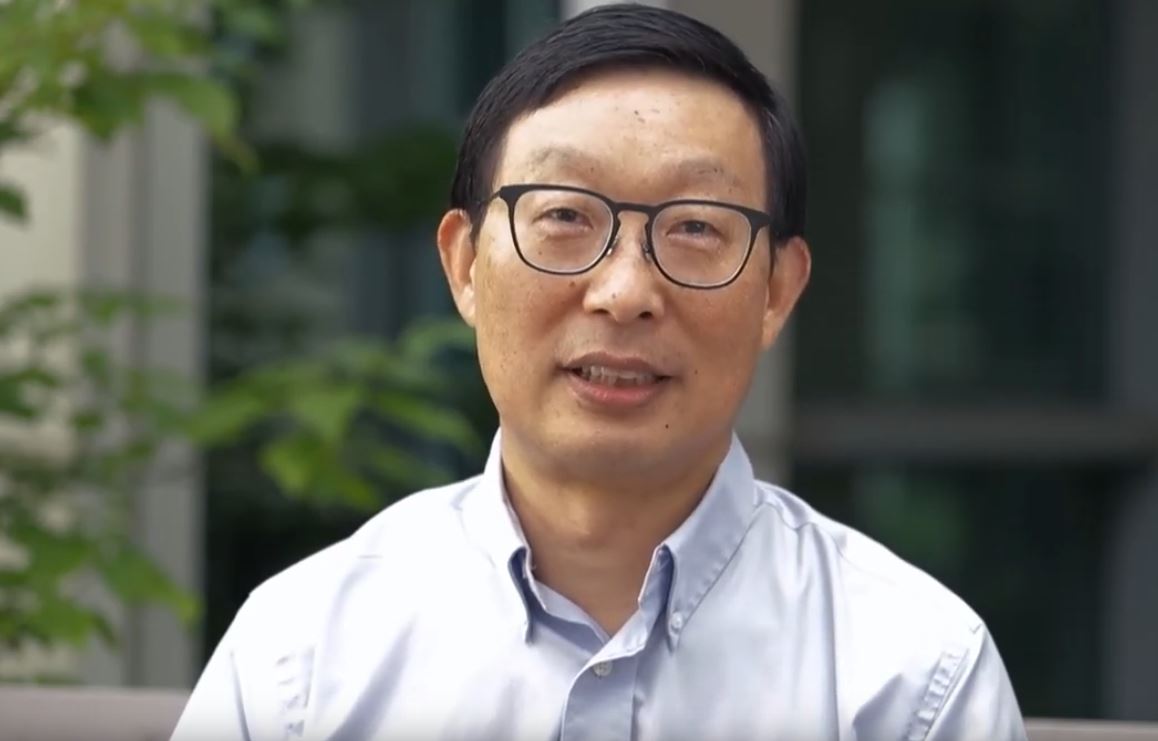Lawson Health Research Institute says that currently, the best available approach to treat sepsis works about six per cent of the time, but preliminary results show a potential treatment in development in London, Ont., could be effective in 40 per cent of cases.

Sepsis is caused by an infection from microbial pathogens such as a virus or bacterium and involves “a runaway infection” that spreads through the body, causing organ failure death and has been noted as a complication of COVID-19.
“When you have these type of infections the body will respond with information to try to attack those invading bacteria or viruses,” said Dr. Qingping Feng, Lawson scientist and Western University researcher.
“The purpose of that is to, you know, get the infection under control by your own body but in the meantime, it causes this enhanced inflammatory response that goes out of control. Therefore, you will end up developing a septic condition. And once that is developed, it’s very serious and it’s a very high chance to get into an intensive care unit and you end up dying.”
According to the World Health Organization, there were 48.9 million cases of sepsis in 2017, resulting in 11 million deaths, or almost 20 per cent of all global deaths.
There’s currently no specific treatment and physicians generally focus on preventing sepsis, but Feng’s team believes that the human protein Annexin A5, which is believed to help reduce inflammation and coagulation, has pharmaceutical potential.

Get weekly health news
Lawson has a partnership agreement with China’s Yabao Pharmaceutical Company that gives Yabao licensing rights in China, Taiwan and Hong Kong, while Lawson has the licensing rights to annexin in the rest of the world.
Lawson says Yabao has completed its Phase 1 trial on healthy humans and is preparing for a Phase 2 trial on patients with sepsis.
Feng says if everything moves along smoothly, annexin could be a treatment option as early as 2025.
The work itself has been more than two decades in the making.
Feng began working on sepsis research at Victoria Hospital in 1997, trying to “understand the mechanisms of sepsis.”
“Then we happened to find that there is a molecule called annexin A5 that we were just curious about whether that’s going to be a candidate for treating the septic condition, so that was about 13 years ago,” Feng told Global News.
“Then we tried it and it showed very promising initial primary results. And from there, then we did a series of experiments and it showed that indeed that that’s working.”
Lawson then applied for a patent and entered into the licensing agreement with Yabao.











Comments